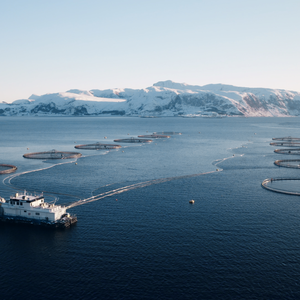Oregon State University researchers have patented a new strain of the red marine algae dulse, a favourite food of abalone, which is fast growing, high in protein, and tastes like bacon!
Dulse (Palmaria sp) grows in the wild along the Pacific and Atlantic coastlines, and sells for up to USD 90 per pound in dried form as a cooking ingredient or nutritional supplement.
Researcher Professor Chris Langdon and colleagues at OSU’s Hatfield Marine Science Center have been growing the new strain for the past 15 years, and have now patented it, before upscaling production.
This strain, which looks like translucent red lettuce, is an excellent source of minerals, vitamins and antioxidants, and contains up to 16 percent protein in dry weight.
“Our original goal was to create a super-food for abalone, because high-quality abalone is treasured, especially in Asia,” said Langdon. “We were able to grow dulse-fed abalone at rates that exceeded those previously reported in the literature.”
The technology of growing abalone and dulse has now been successfully implemented on a commercial scale by the Big Island Abalone Corporation in Hawaii.
The research team has received a grant from the Oregon Department of Agriculture to explore dulse as a “specialty crop” – the first time a seaweed has made the list, and Langdon has teamed up with the Food Innovation Center to provide dulse for culinary creativity and new product development.
There are no commercial operations growing dulse for human consumption in the United States, according to Langdon, although it has been used as a food in northern Europe for centuries. The dulse sold in US. health food and nutrition stores is harvested, and is a different strain from the OSU-patented variety.
Langdon currently grows 20-30 pounds of dulse a week in two large tanks, and plans to increase production to 100 pounds a week.
“The dulse grows using a water recirculation system,” he said. “Theoretically, you could create an industry in eastern Oregon almost as easily as you could along the coast, with a bit of supplementation. You just need a modest amount of seawater and some sunshine.”
The story of how Langdon and his colleagues developed dulse is outlined in the latest version of Oregon’s Agricultural Progress.










